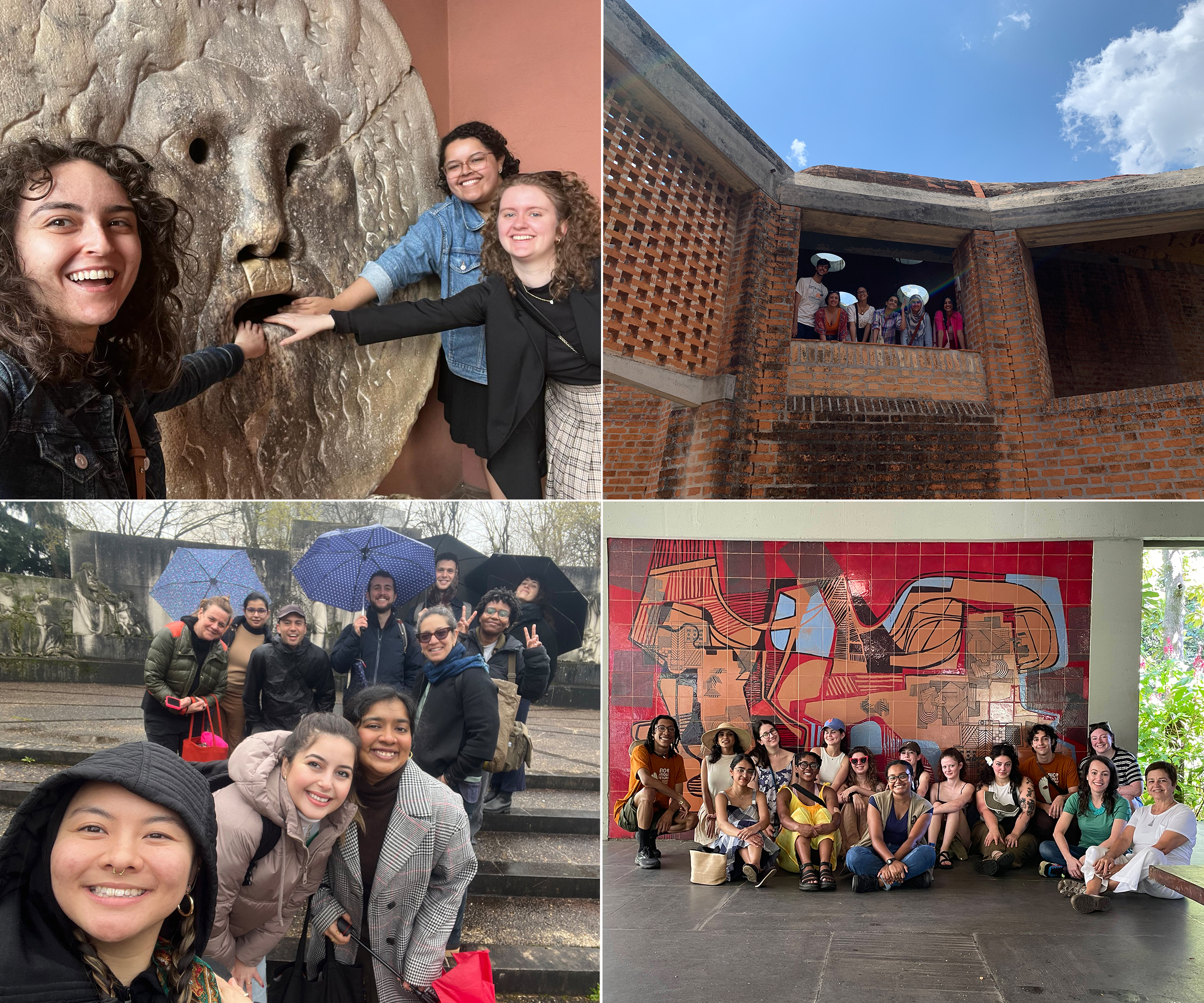In recent months, Pratt faculty and students have gone on trips to various locales for dedicated research projects and as part of longer courses of study, all the while setting aside time to visit impressive sites. From the rainy streets of Seattle to the archives of Rome to the World Heritage Sites of Rio de Janeiro, Pratt students have been exploring the world to broaden their perspectives and enrich their understanding of complex topics crucial to their areas of study. Below are scenes from some of these trips.
Sustainable Environmental Systems students recently traveled to Paris as part of the “International Climate Exchange” course taught by Gita Nandan, adjunct associate professor in the Graduate Center for Planning and the Environment, and Elliot Maltby, adjunct associate professor of Graduate Architecture and Urban Design, to learn about innovative climate-resilient strategies being implemented by the city.
The group visited a wide range of sites from large-scale eco-districts to the Musée des Égouts de Paris (Paris Sewer Museum), from the the River Bievre to a series of railway buildings adaptively reused for community living.
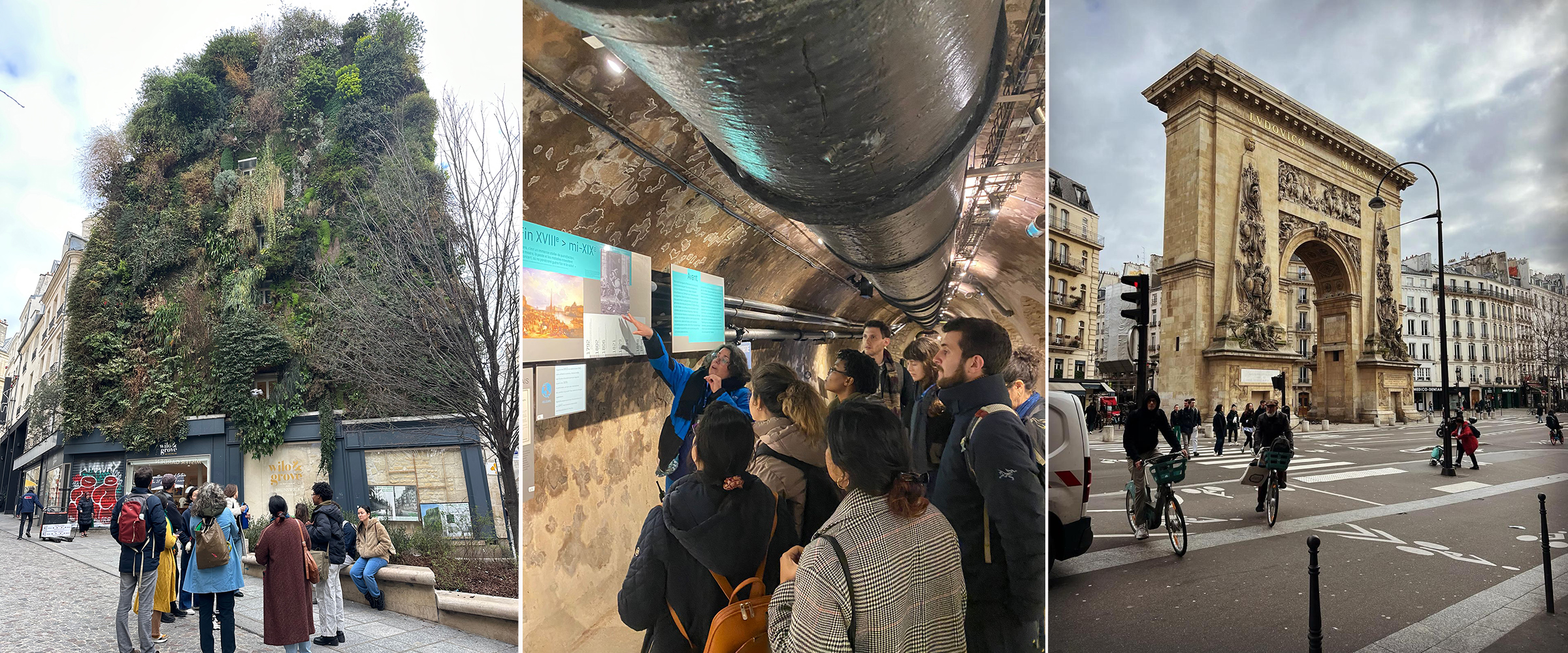
Climate solutions were also the focus of a trip to Brazil for Historic Preservation and other GCPE students in the “Indigenous Technologies as Climate Solutions” course taught by Debora Barros, visiting assistant professor in the Graduate Center for Planning and the Environment. The trip included a five-day hands-on workshop on earthen vernacular building techniques at TIBÁ Institute, a foremost center in bio-architecture and intuitive technologies nestled in Brazil’s Atlantic Forest. Students practiced making adobe bricks, wattle and daub, hyperadobe, geopaints, earthen plasters, tadelakt, and rammed earth, in addition to receiving guided tours of the grounds featuring spectacular earth and bamboo structures.
On the fifth day of the workshop, students and instructors engaged with the local community to build two hyperadobe benches at the soccer field of Barra de Santa Teresa, RJ, in collaboration with TIBÁ Institute. Aside from providing student scholarships for this experience, Pratt also supported the training of two local residents who joined the Pratt team for the workshops and construction of benches for their community.
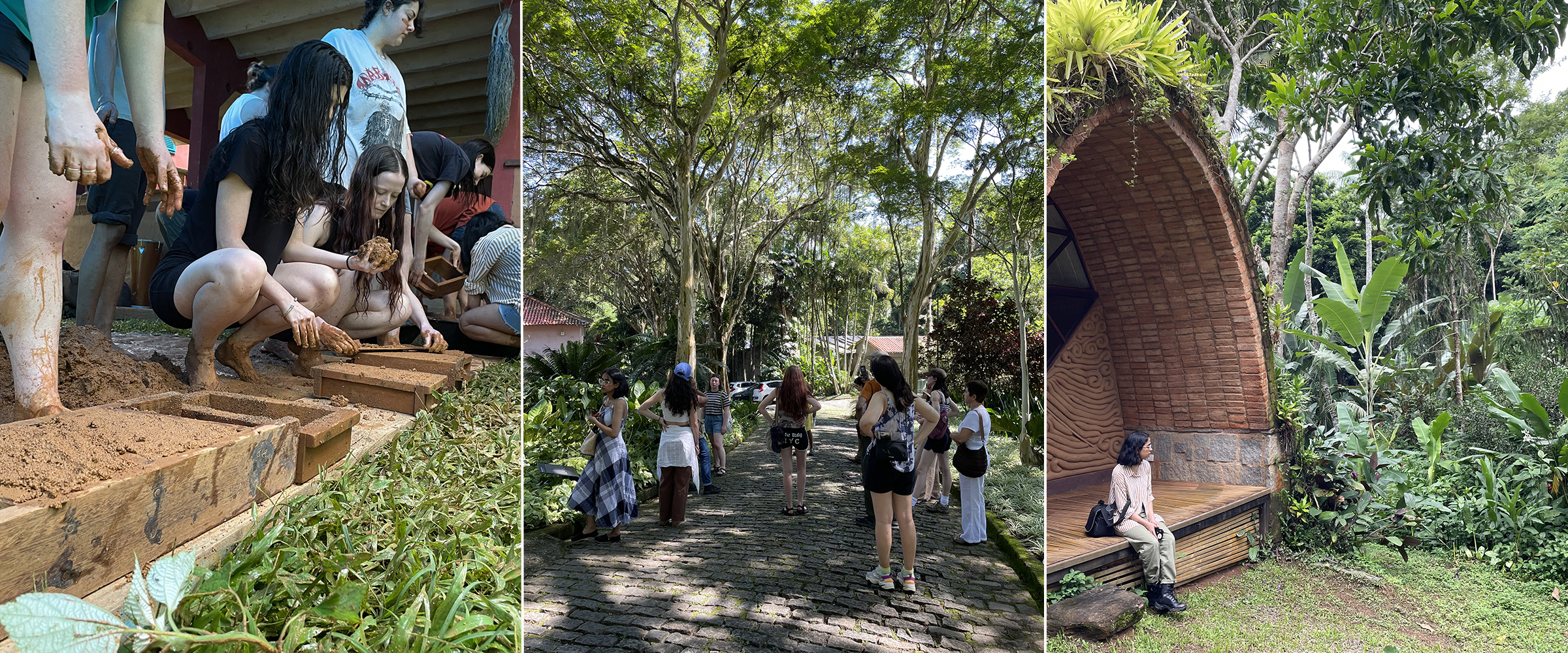
The final two days of the trip were spent in Rio de Janeiro visiting several significant sites of Afro-Brazilian Heritage and two World Heritage Sites: the Valongo Wharf and the Estate of landscape designer, artist, and environmentalist Roberto Burle Marx.
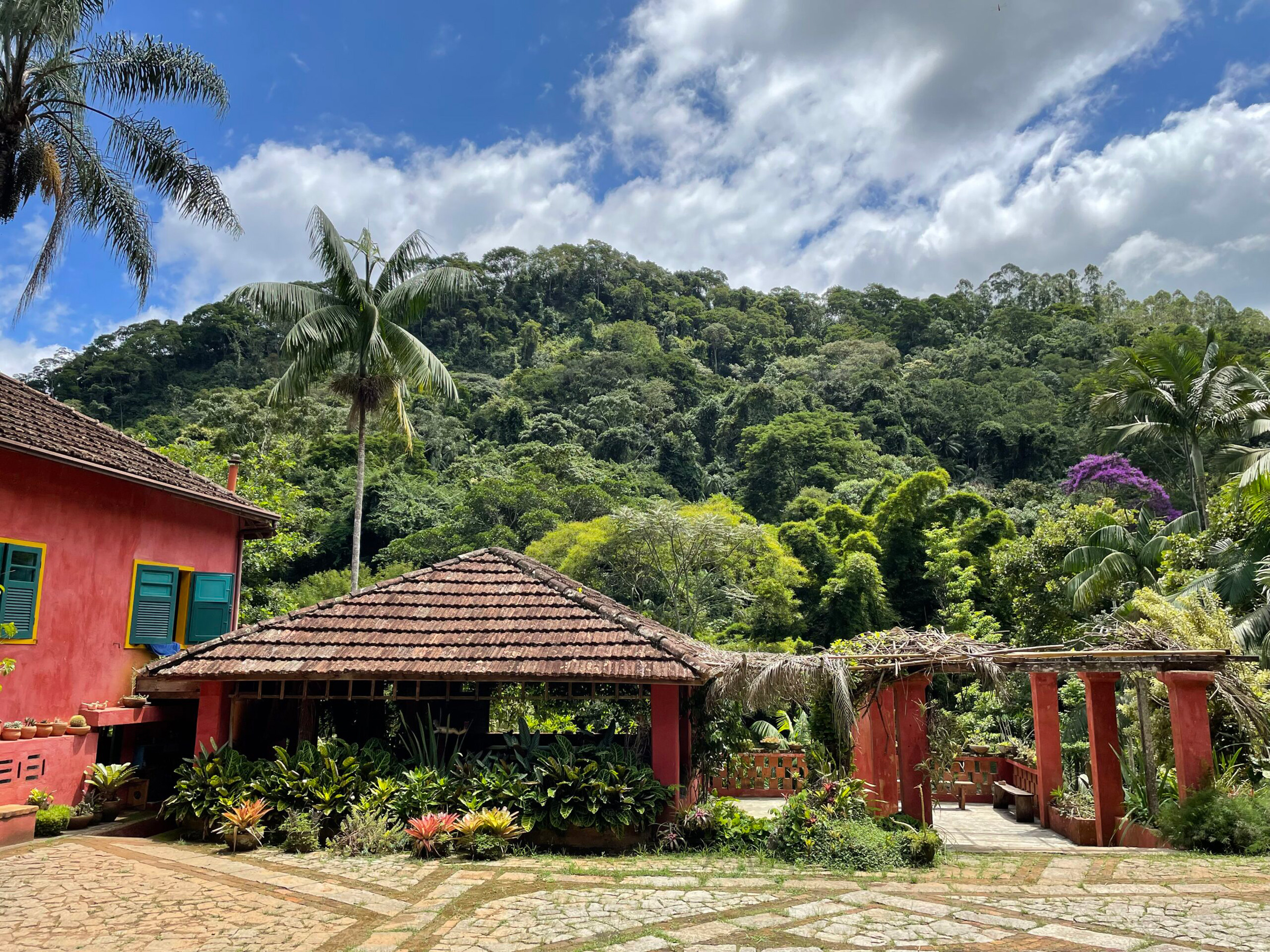
Graduate students from the School of Information traveled to Rome to gain an international perspective on art and artist archives in the “Artists’ Archives: Rome/New York” course taught by Cristina Pattuelli, professor in the School of Information. The trip included behind-the-scenes tours of the National Museum of 21st Century Art, the National Gallery of Modern and Contemporary Art, and the Central Institute for Cataloguing and Documentation (of Italian cultural heritage). The students also visited individual artists’ archives for both Franco Angeli and Elisabetta Catalano, enriching their understanding of artistic legacies firsthand. Students will be presenting a critical analysis of the archival practices and methods they have been exposed to at the upcoming InfoShow24 on May 10.
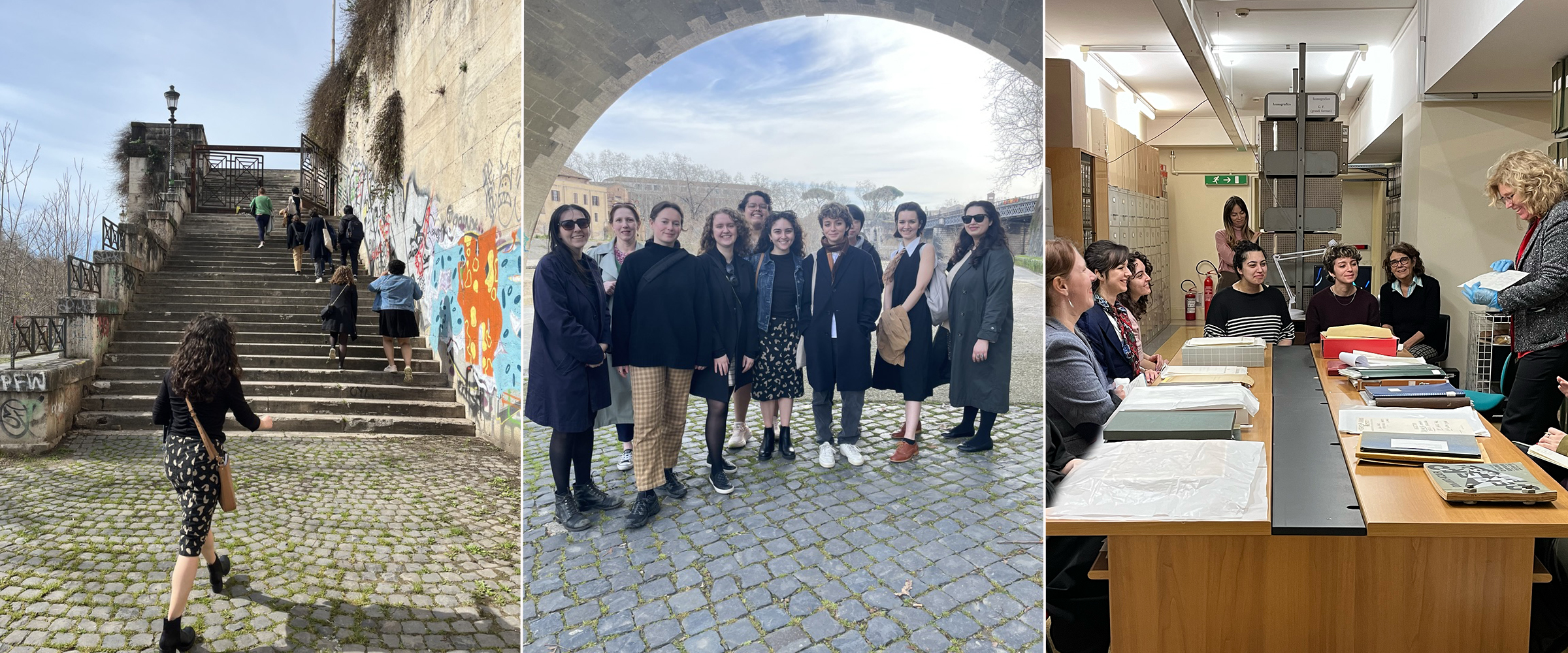
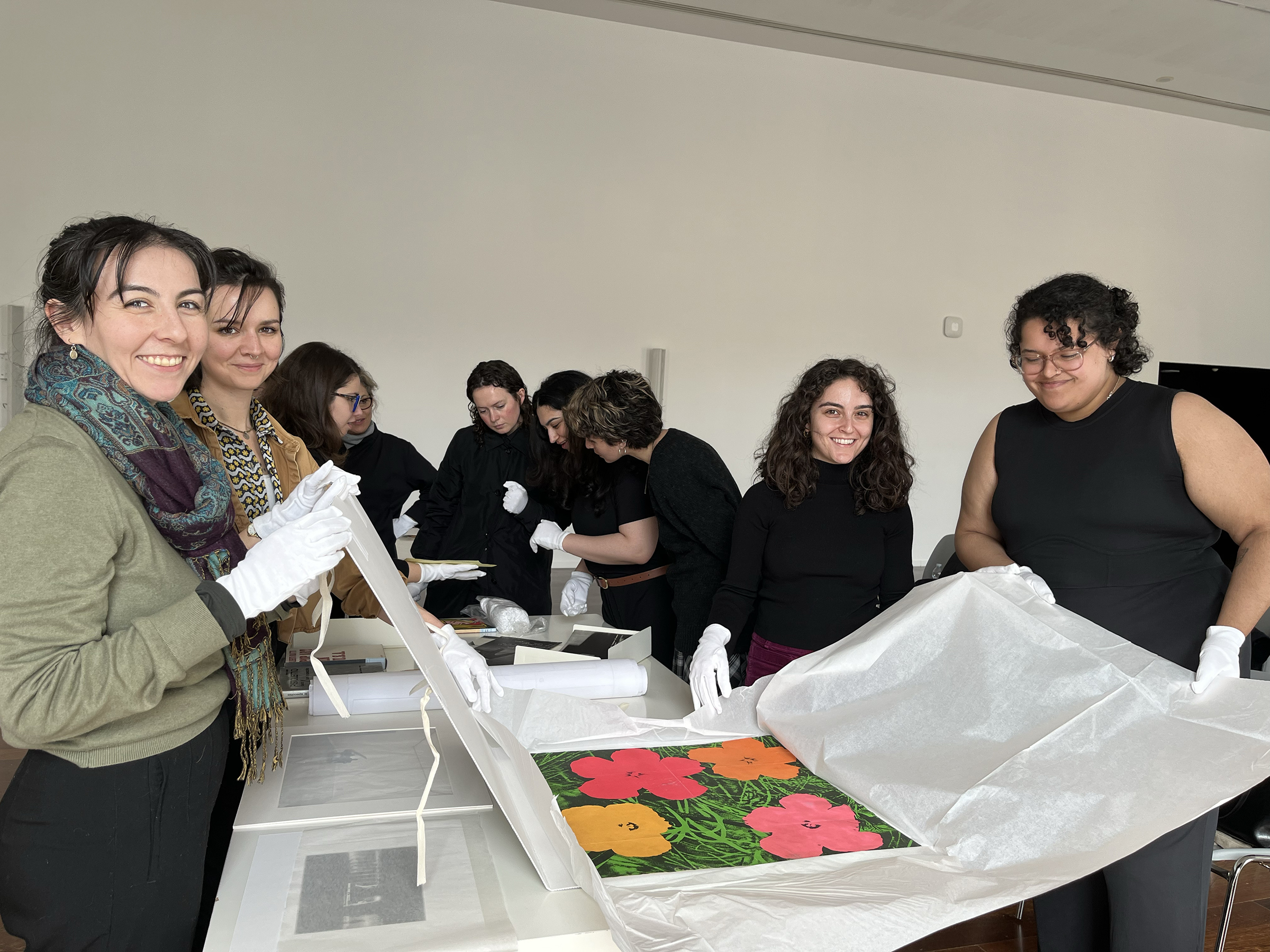
Another group of students recently participated in the Pratt in Puerto Rico Program 2024, and engaged with Instituto Nueva Escuela and MADMi in San Juan to learn about ways to work with community-based organizations and increase access to art and design education. The trip was led by Borinquen Gallo, associate professor of art and design education, Amaranta Medina-Seabright, visiting instructor of creative arts therapy, and Aileen Wilson, chair of art and design education.
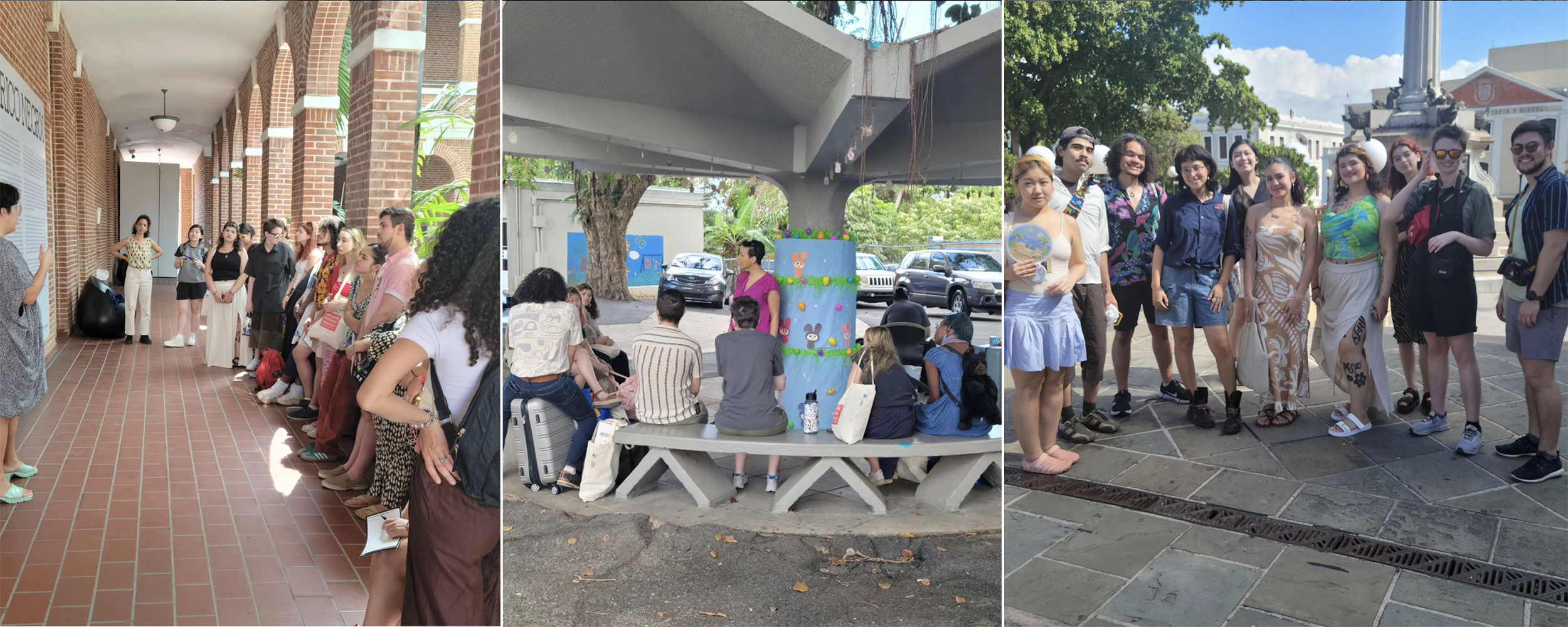
Further out in the Greater Antilles, Urban Placemaking and Urban and Community Planning students were busy exploring central Havana as part of the “International Physical Planning – Study of Centro Havana” course taught by Gabriel Vignoli, visiting professor in the Graduate Center for Planning and the Environment. Pratt students partnered with architecture students from Havana’s CUJAE architecture school to study Plaza Anton Recio in the heart of Centro Havana. The study resulted in a joint proposal by the combined CUJAE and Pratt teams for neighborhood improvements and community empowerment.
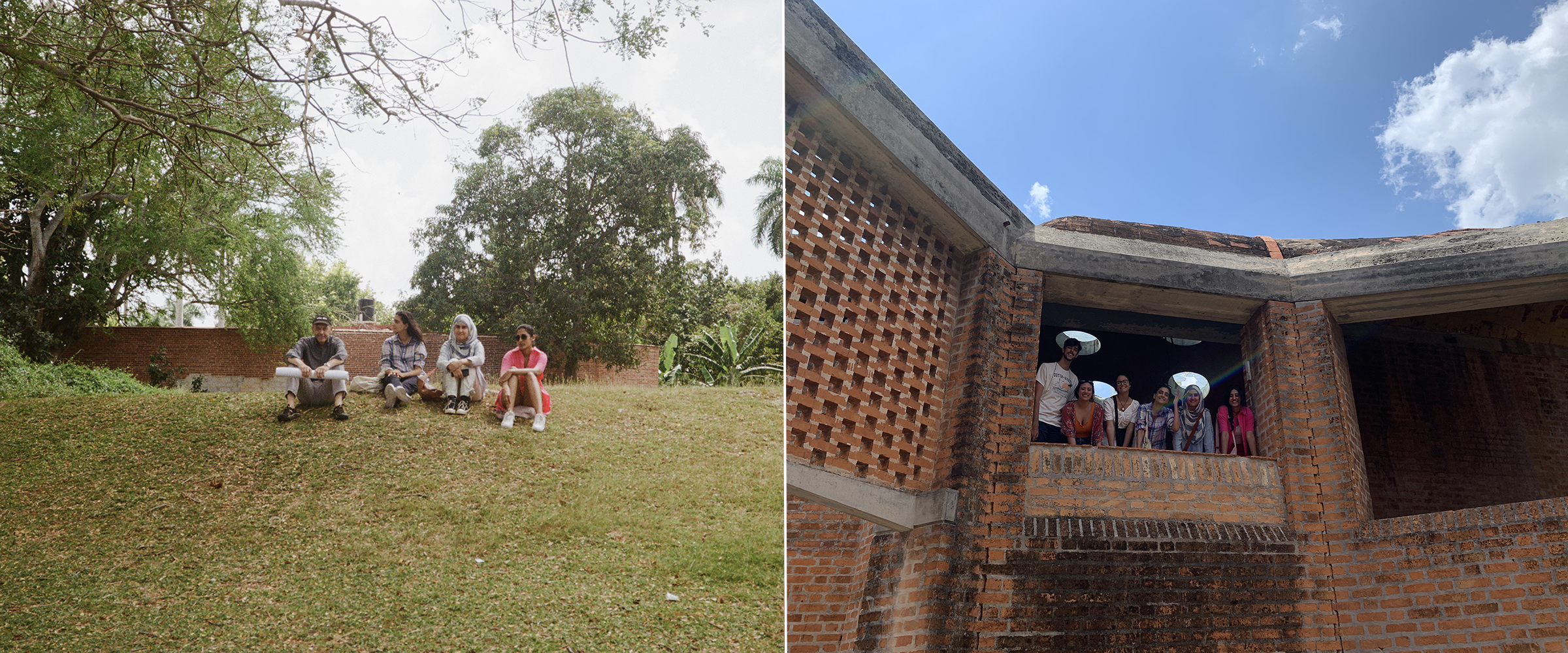
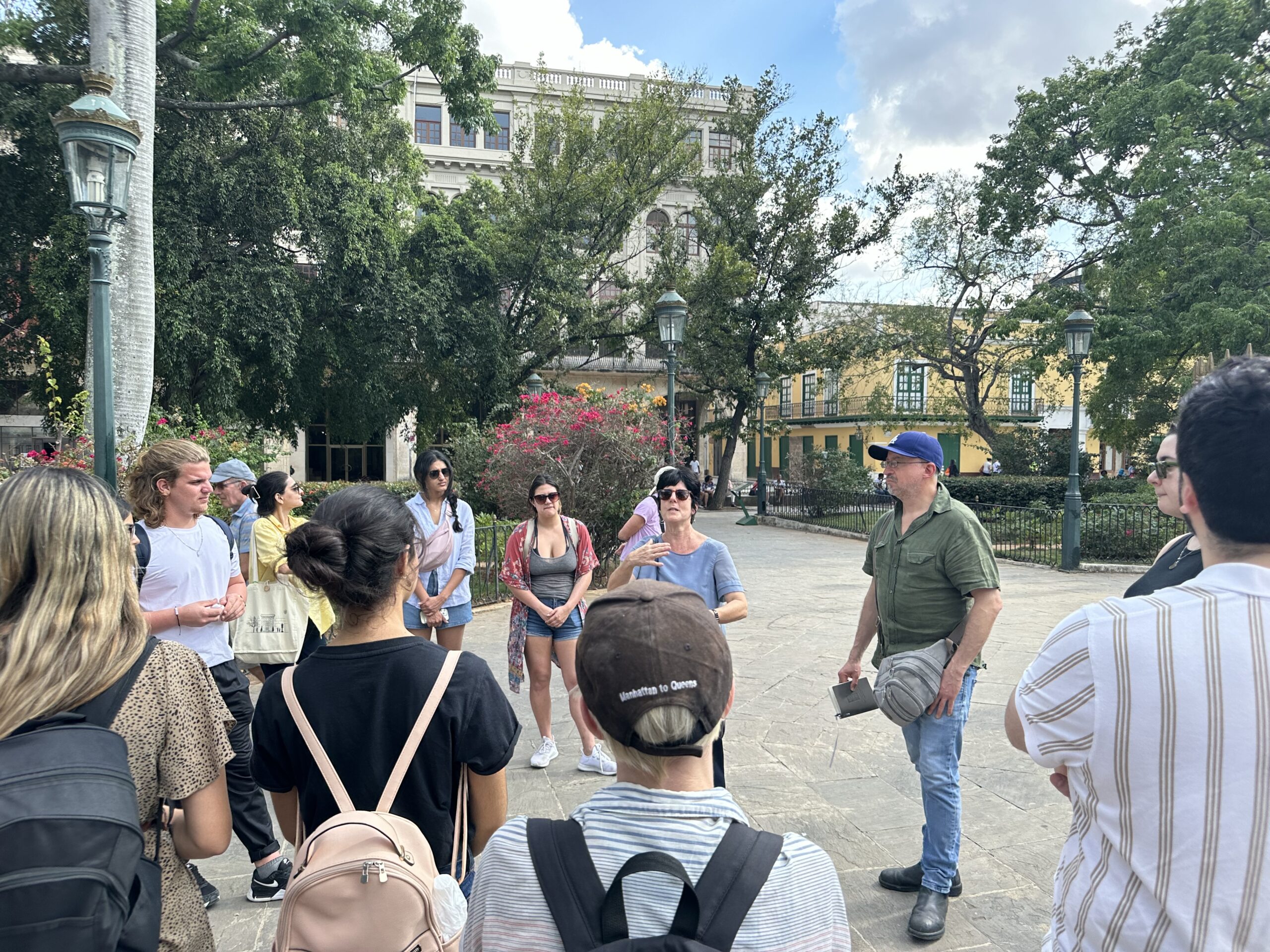
Urban and Community Planning students visited Seattle as part of the “Land Use Planning” course taught by Jonathan Martin, professor in the Graduate Center for Planning and the Environment, to investigate the city’s approach to urban planning and sustainability. Students attended a public hearing on Seattle’s Comprehensive Plan, took a trip to the Seattle Indian Health Board, which uses Indigenous knowledge and health practices to preserve culture and community, and visited iconic locations like Pike Place Market and the Space Needle.
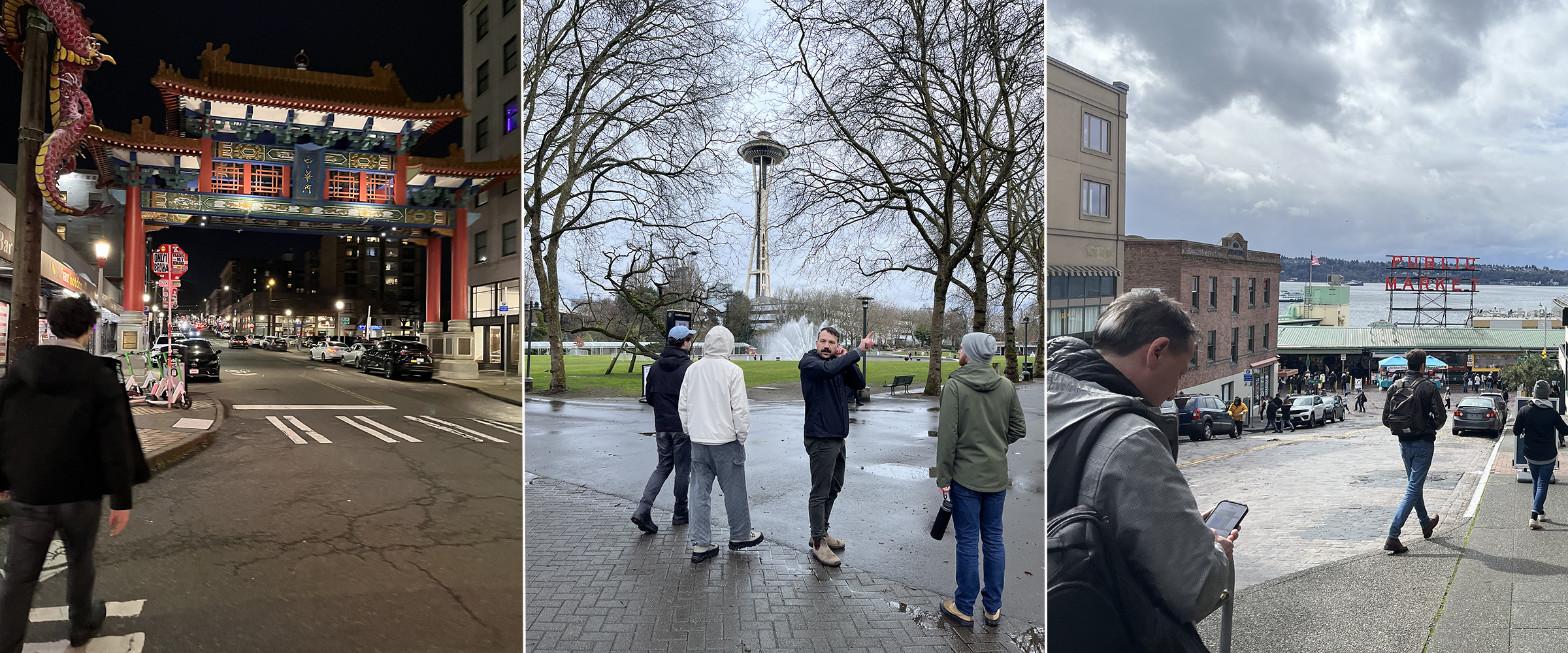
With many of these excursions yielding important information and inspiration for theses and final projects, opportunities to learn more about them will be possible throughout the rest of the semester as students present their work in different formats.
